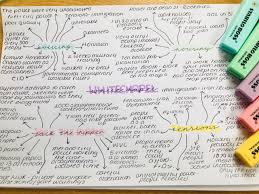nervous system
Cards (7)
- describe the function of the spinal cord
- state and describe the different areas of the brain (but not lobes)
- state the different subdivisions of the nervous systemA) somaticB) autonomicC) motorD) sensoryE) sympatheticF) parasympathetic
- what is the function of the SNS?
- what is the function of the autonomic NS?
